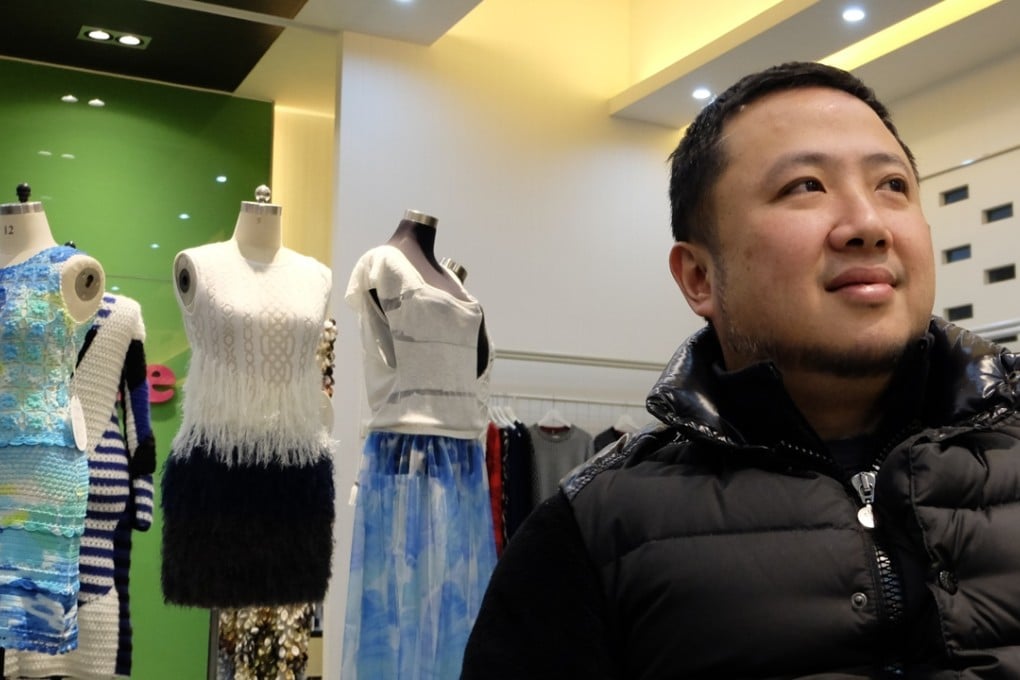Quality not quantity: ‘Made in China’ label will emulate ‘Made in Italy’ 10 years from now, vows Hong Kong garment maker
Nick Chan’s company, Hale Textile Limited, is transforming its Dongguan factory’s former mass-production business model so 80 per cent of its clothing caters to high-end buyers

Nick Chan Ying-kit is the director of Hale Textile Limited, a Hong Kong-based garment maker founded by his father in a small factory space in Fo Tan in 1984.
Today it has 1,400 staff at its 240,000 square foot factory in Dongguan, 60 more employees at its Hong Kong headquarters, 400 at its Shanghai factory, and also runs a small design studio in Britain.
Chan, 39, tells Gloria Chan how his company has been transforming to survive and where he sees the “Made in China” clothing label in 10 years.
When and why did you decide the traditional manufacturing model needed changing?
We smelled trouble in 2008 and felt if we did not transform our business model we would not be able to survive for long. In the past, China opened up its doors and labour was cheap, so all factories came to the mainland and specialised in mass production, with orders calculated by the hundred of thousands.
At first we also did mass production, but the main problem was that costs on the mainland kept on rising – labour costs were going up and the Renminbi was becoming more expensive – yet our clients were demanding lower and lower prices. Export prices fell around 2 per cent every year, so from 2002 to 2008 it fell by 10 per cent in total.
READ MORE: Manufacturers step up search for low cost alternative to China

We tried our best to improve our efficiency, but that is only useful when you are aiming to increase in bulk, but not that much use when you want to improve in quality and details.
